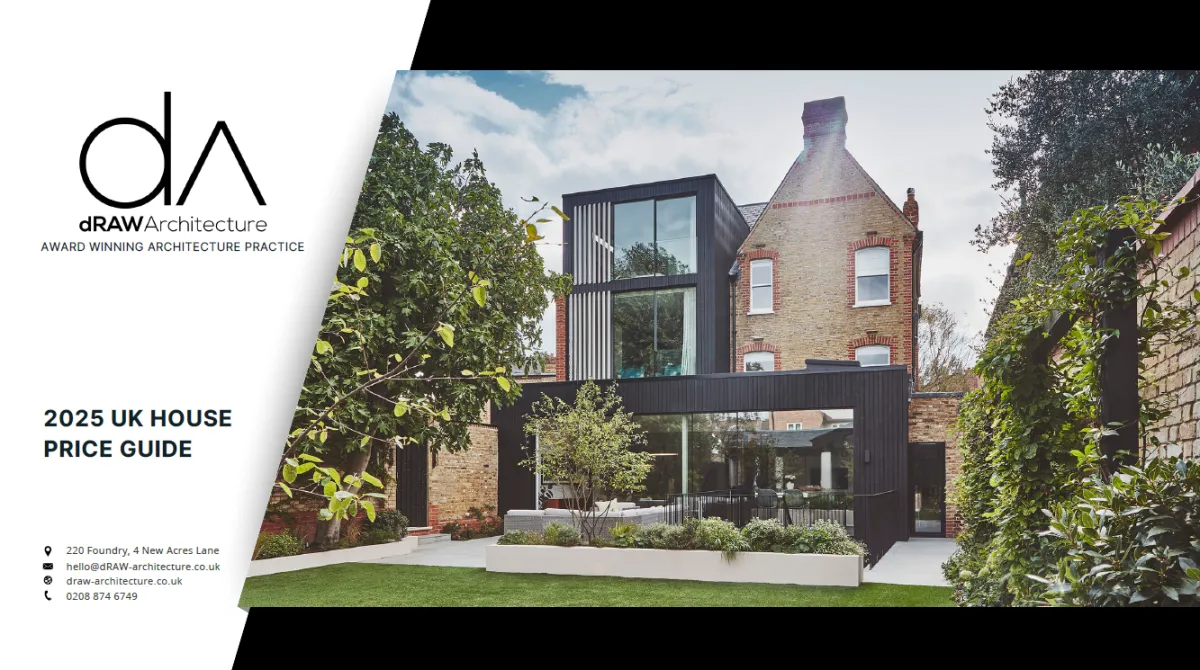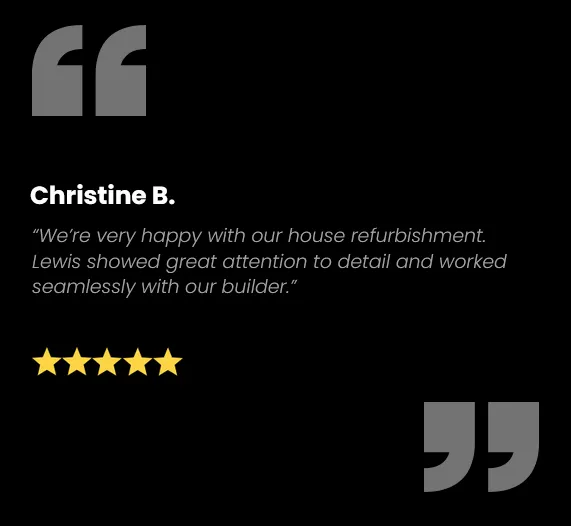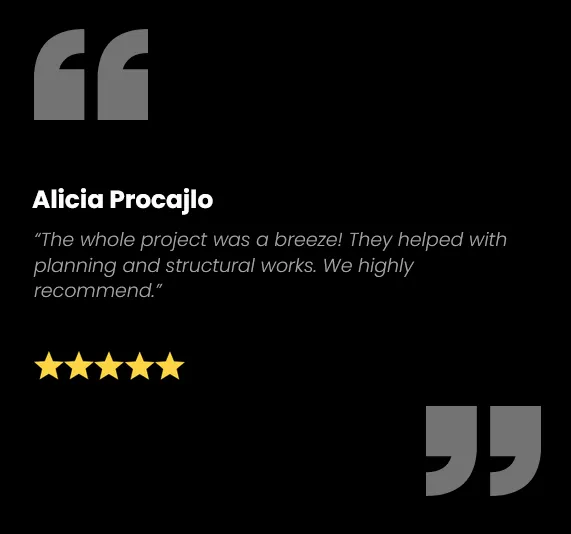How Much Does It Cost To Build A House In the UK?
Discover the real numbers, avoid costly mistakes, and plan your dream build with confidence.
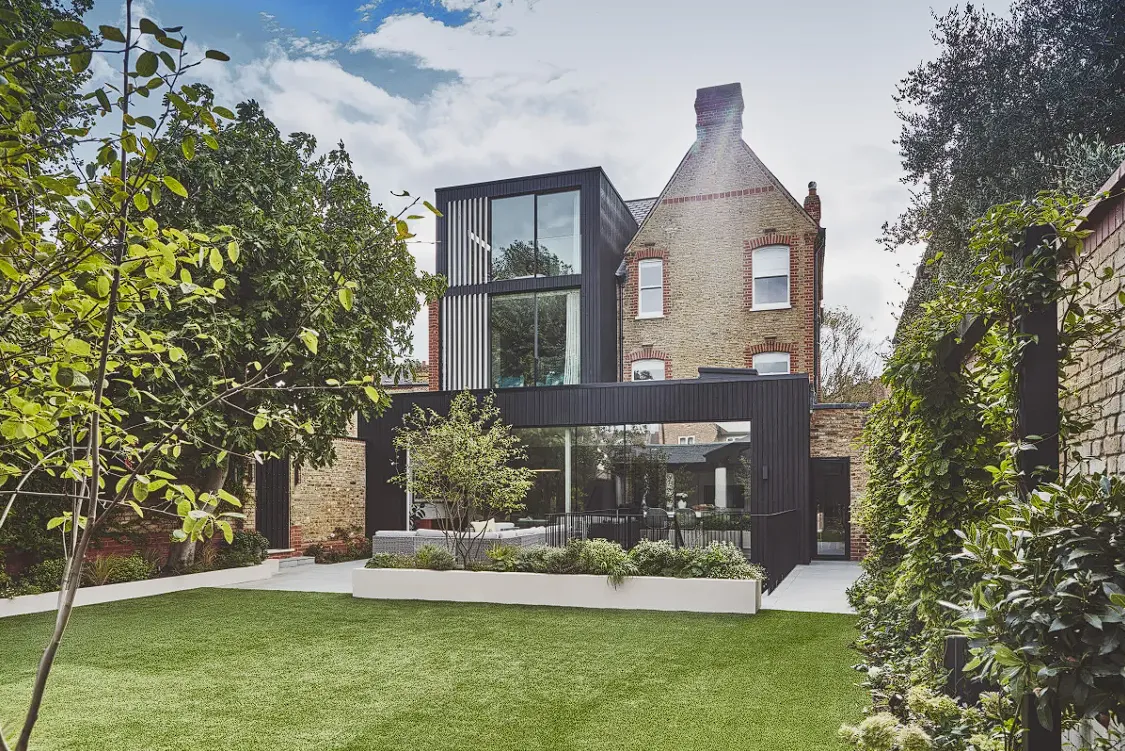
Building a house in the UK in 2025 requires careful budgeting and an understanding of where money is spent. Prices have risen across the board due to inflation, material shortages, and labour costs. Homeowners, self-builders, and developers all ask the same question: How much does it cost to build a house? The answer depends on location, size, and how the work is managed. This guide breaks down all cost elements clearly, with practical information and current figures, helping you make informed financial decisions.
What Is the Average Cost to Build a House in the UK in 2025?
The average cost to build a house in the UK in 2025 ranges between £2,200 and £3,000 per square metre. This variation is influenced by region, design complexity, and material quality. For a standard 3-bedroom home of 100m², expect a total build cost of £220,000 to £300,000, excluding the price of land. In London, costs can rise to £3,500/m² or more, due to higher labour rates and stricter regulations.
The cost per m² depends on four main factors:
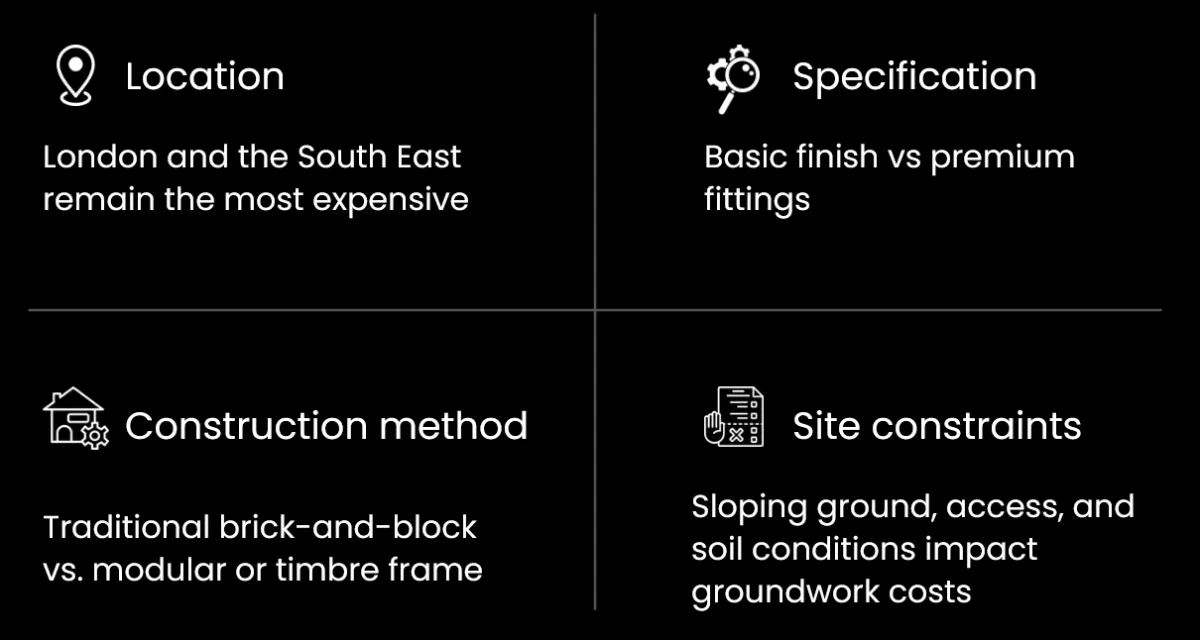
House Build Cost Per Region (2025 Estimates)
South East: £2,800-£3,300 per m2
London: £3,200-£3,800 per m2
East of England: £2,500-£3,300 per m2
Midlands: £2,300-£2,800 per m2
North of England: £2,200-£2,700 per m2
Scotland and Wales: £2,200-£2,600 per m2
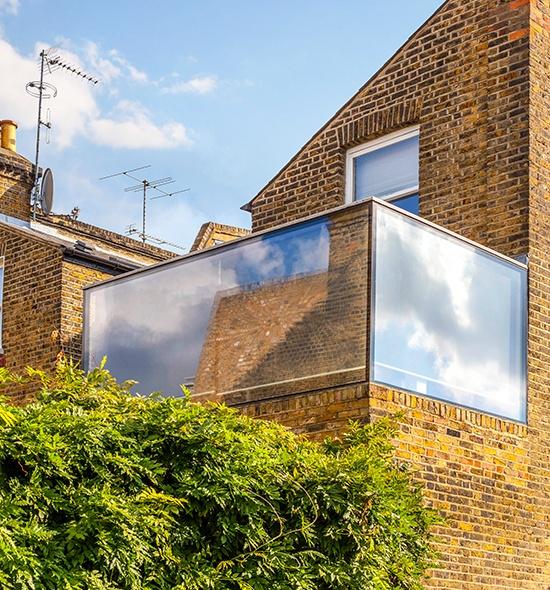
Knowing the average building cost per square metre UK 2025 helps homeowners plan accurately and avoid budget overruns. These prices include standard building elements but exclude land acquisition, taxes, or professional fees.
Key Factors That Affect House Building Costs
The total cost to build a house is shaped by multiple factors beyond just size. For example, building a compact, well-designed home with a simple footprint can cost less per m² than a sprawling design with complex rooflines.
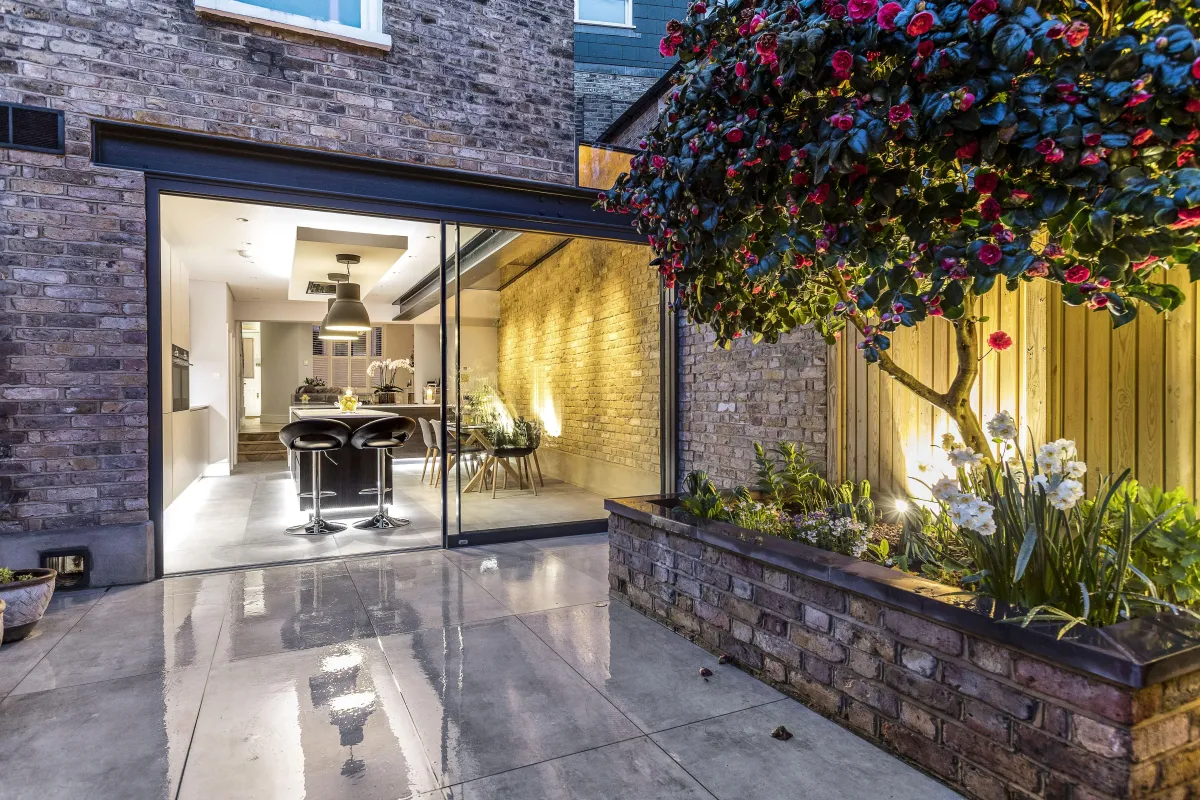
Key cost drivers include:
Size: Larger homes have higher total costs but often lower cost per m2 due to economies of scale.
Design complexity: Angular designs, split levels, or unusual layouts increase labour and material use.
Location: Local wages, access, and regulatory standards affect total spend. the cost to build a house in London is higher due to congestion and premium contractor rates.
Build route: Self-managing the project saves on contractor fees but increases personal risk. Using a design-and-build firm offers structure but adds cost.
Common Budget Factors to Consider
Land price: £50,000 – £500,000+ (location-dependent)
Site preparation: £5,000 – £25,000
Build quality: Basic to luxury materials can vary final cost by 40%+
Labour availability: Scarcity of skilled workers increases hourly rates
Material inflation: Up to 12% increase year-on-year since 2021
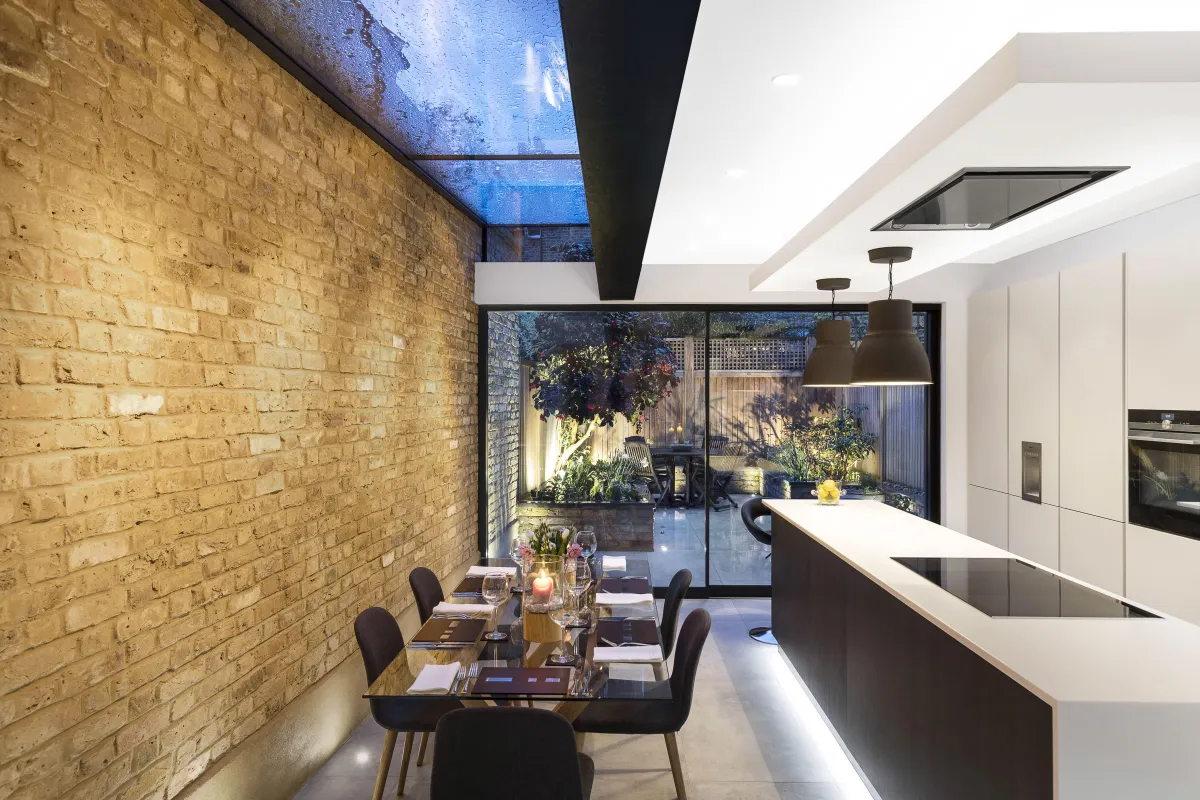
When planning your project, consider that building materials prices in 2025 are still affected by Brexit and global supply issues. Timber, insulation, and concrete products are among the most affected. Planning early and locking in material orders can help reduce cost variability.
Cost Breakdown by Construction Element
Understanding where the money goes is essential when budgeting. Every component of the construction process carries a cost, from digging foundations to final painting. Below is a breakdown of the main construction stages.
Foundations and Groundworks
Typical cost: £10,000 – £25,000+
Ground conditions affect this most. Sites with clay, poor drainage, or high water tables require deeper excavation or piling, which increases cost.
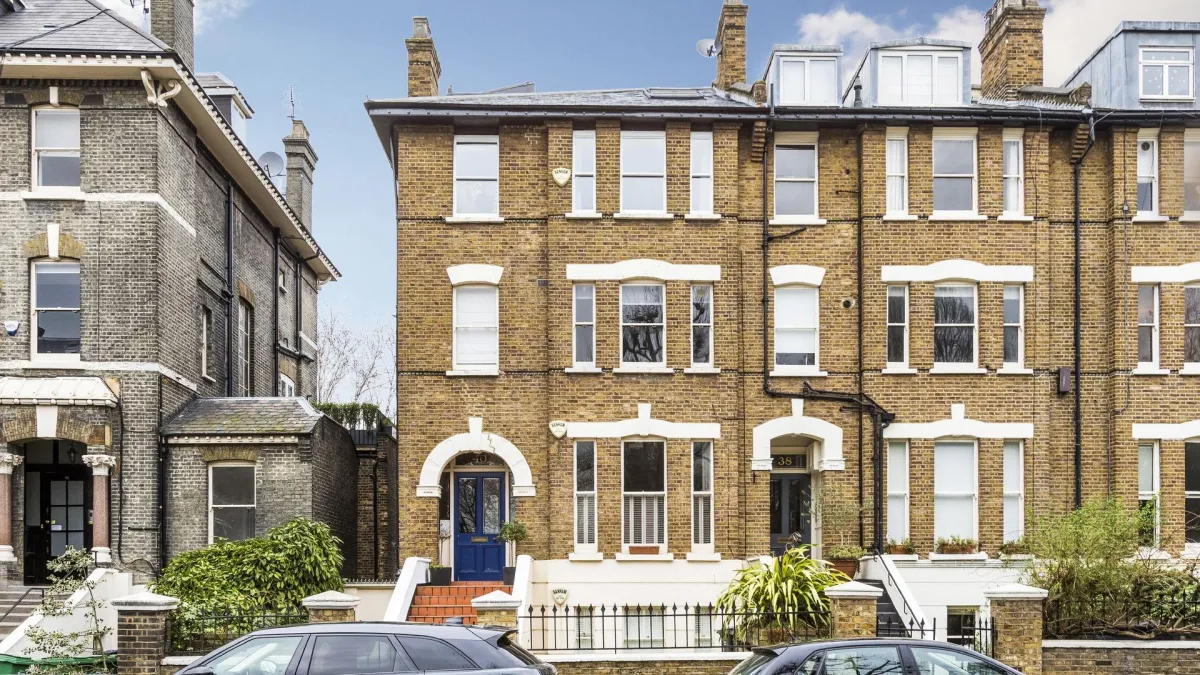
Framing and Walls
Typical cost: £25,000 – £45,000
Brick-and-block is the UK standard. Timber frame and SIPs are alternatives with faster installation times but variable costs depending on source and supplier.
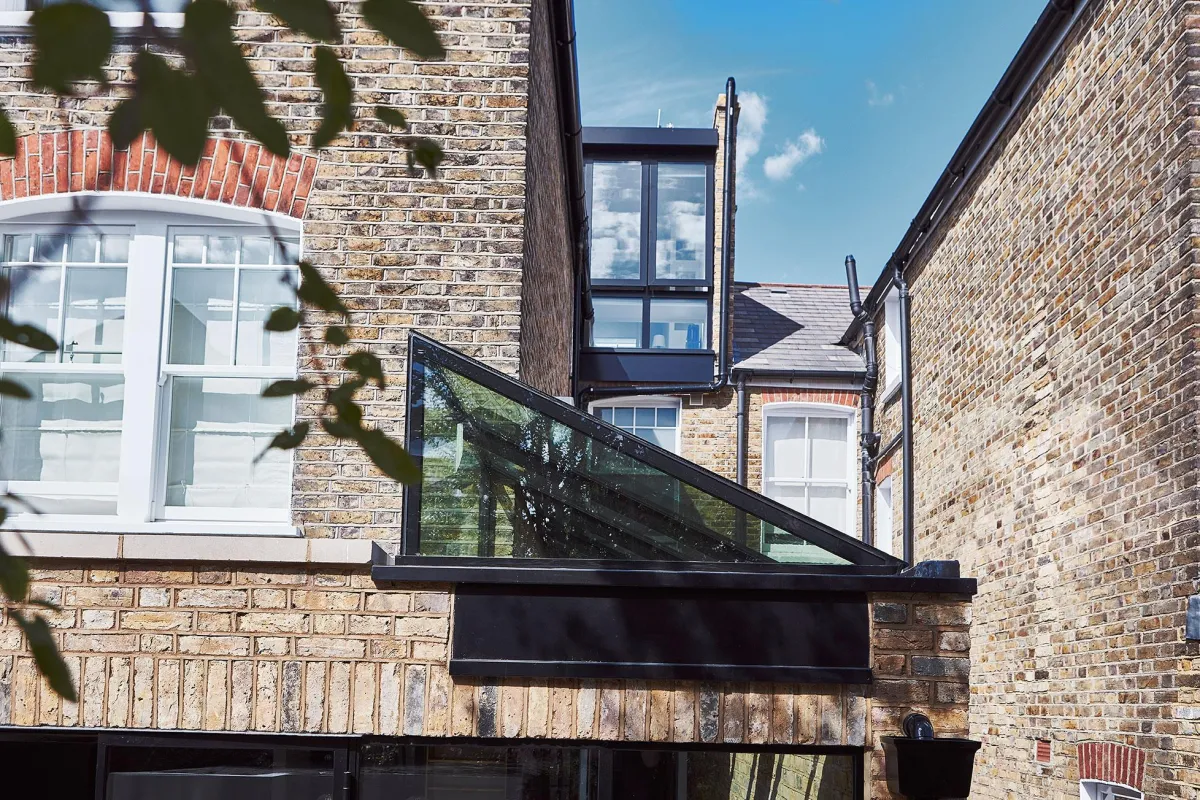
Roofing and Windows
Typical cost: £15,000 – £30,000
Complex roof shapes or premium tiles increase price. Triple-glased windows for passive houses can double the cost compared to double-glazed units.
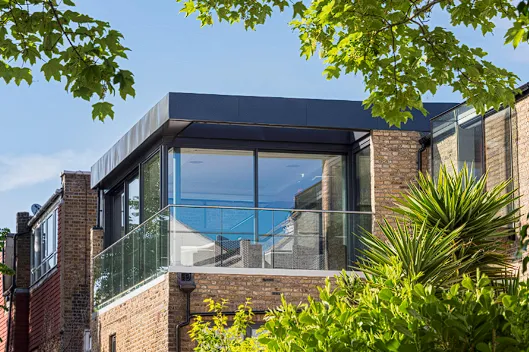
Plumbing, Electrics, and Heating
Typical cost: £20,000 – £35,000
Modern builds must comply with building regulations and often include underfloor heating, MVHR systems, and solar panels. These add value but increase upfront costs.
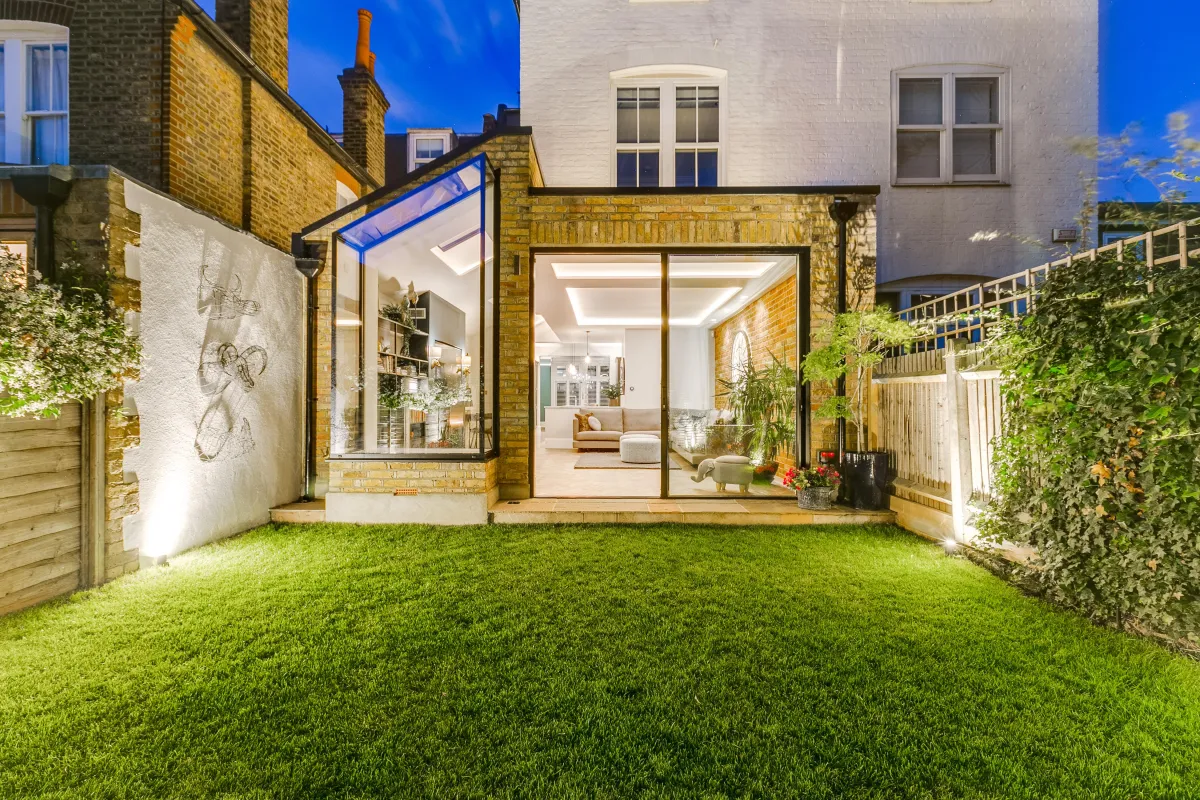
Kitchens and Bathrooms
Typical cost: £10,000 – £40,000
Mid-range kitchen with appliances: £12,000–£18,000. Bathrooms cost £4,000–£8,000 each. Luxury finishes and extra units will raise prices.
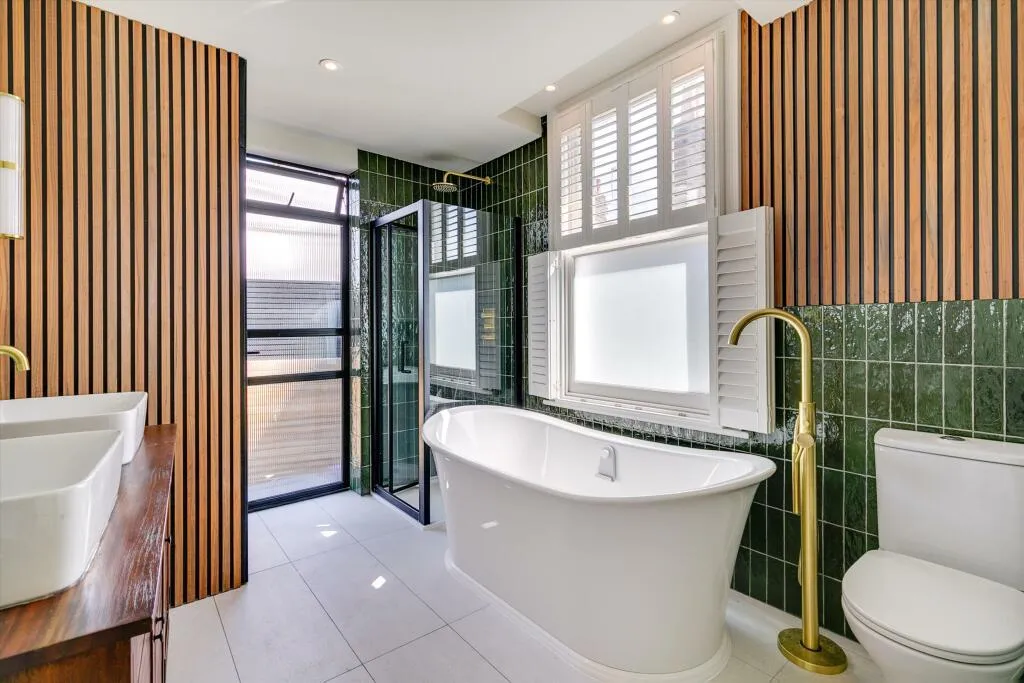
Internal Finishes
Typical cost: £10,000 – £25,000
Includes flooring, plastering, painting, and fittings. High-end finishes can double the budget per room.

Landscaping and External Works
Typical cost: £5,000 – £20,000
Driveways, patios, fencing, and planting often go under-budgeted. Don’t forget access roads or retaining walls on sloping sites.
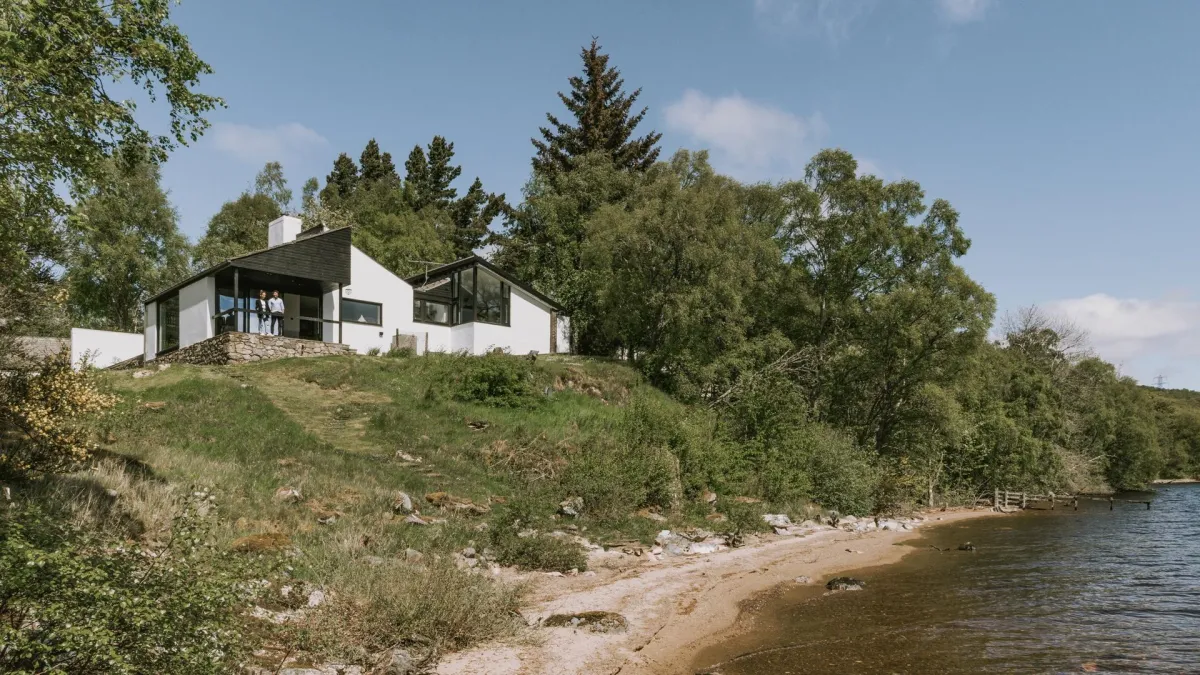
How Much Does It Cost to Build Different-Sized Houses in the UK?
The size of the house has a direct impact on the total cost. While larger homes are more expensive in total, they tend to have a lower cost per square metre due to bulk purchasing of materials and efficiency in labour.
Average Build Costs by House Size
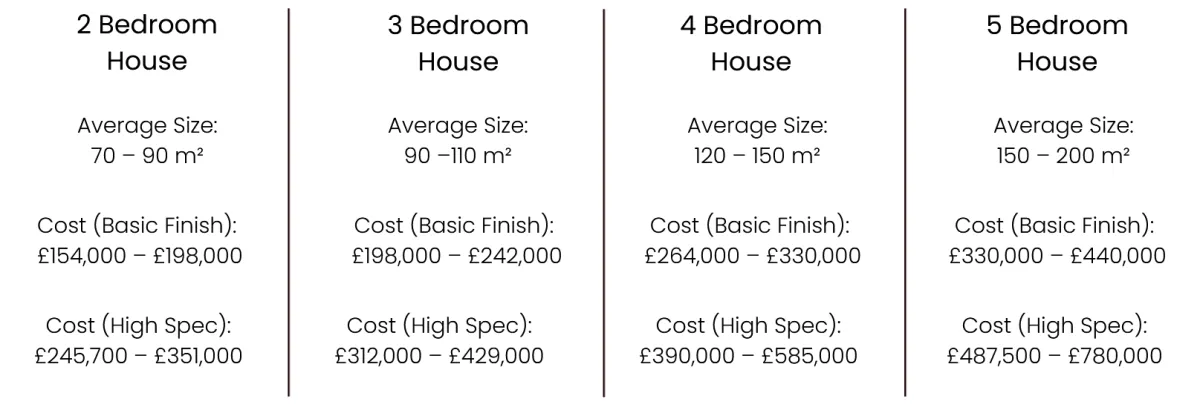
These figures include basic construction but exclude land costs, planning fees, and professional services. If you're wondering how much it would cost to build a 4-bedroom house from scratch or how much it costs to build a 2-bedroom house in the UK, these tables provide a realistic snapshot.
Case Study: Real-World Build Costs Example
Let’s look at a typical self-build scenario in Essex. This case highlights how real costs play out on a mid-sized family home.
Cost Breakdown:
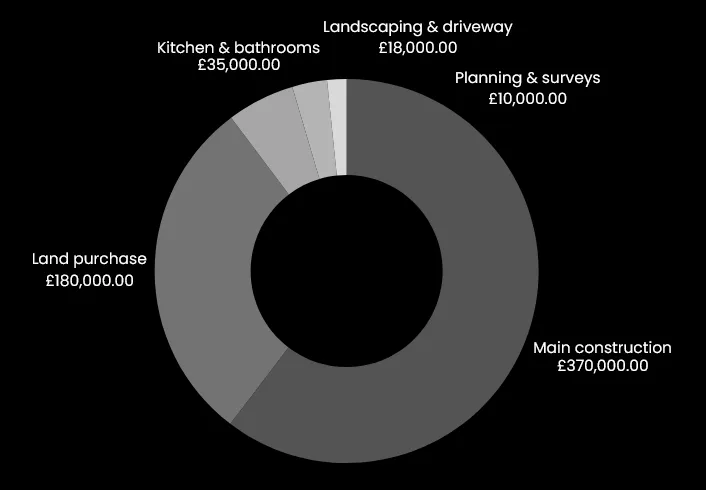
Total cost: £613,000
Project Details:
Location: Chelmfsord, Essex
Plot cost: £180,000
House size: 140m2
Build type: Brick and block
Contractor: Design & build firm
Construction duration: 11 months
This example shows how house building costs in the UK can rise with quality finishes, external works, and professional fees. Always add a 10–15% contingency for unexpected costs.
Are Eco Homes and Energy-Efficient Houses More Expensive?
Building a high-efficiency home often requires a higher upfront investment but delivers savings over time. Features such as solar panels, insulated concrete formwork, airtight construction, and mechanical ventilation with heat recovery (MVHR) increase construction costs but lower running costs.
Initial Costs vs. Savings
Triple-glazed windows
Upfront Cost Increase: +£4,000
Annual Savings: £200–£300+
Solar PV system (4 kW)
Upfront Cost Increase: +£5,000
Annual Savings: £500–£600+
MVHR system
Upfront Cost Increase: +£3,000
Annual Savings: £150–£250+
Insulated slab foundation
Upfront Cost Increase: +£2,000
Annual Savings: £150+
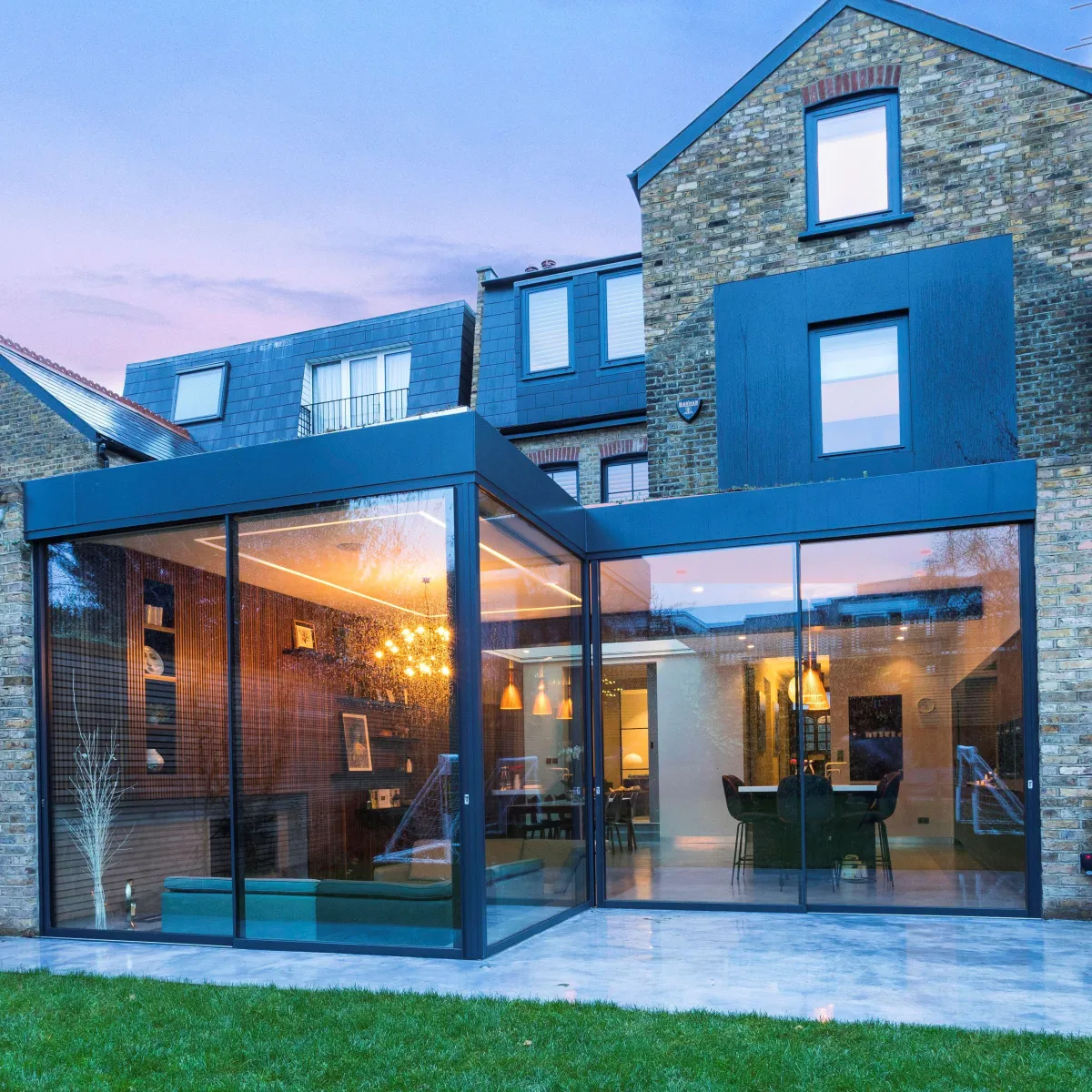
If you’re asking are energy energy-efficient homes are more expensive, the answer is yes initially, but no in the long term. With energy prices continuing to rise in 2025, investing in an eco home makes financial sense.
Can You Save Money by Self-Building?
Yes, but it depends on experience, time availability, and risk tolerance. Building your own house from scratch can save 15–25% in contractor fees, but mistakes can be costly. Using a package supplier or project manager helps balance control and guidance.
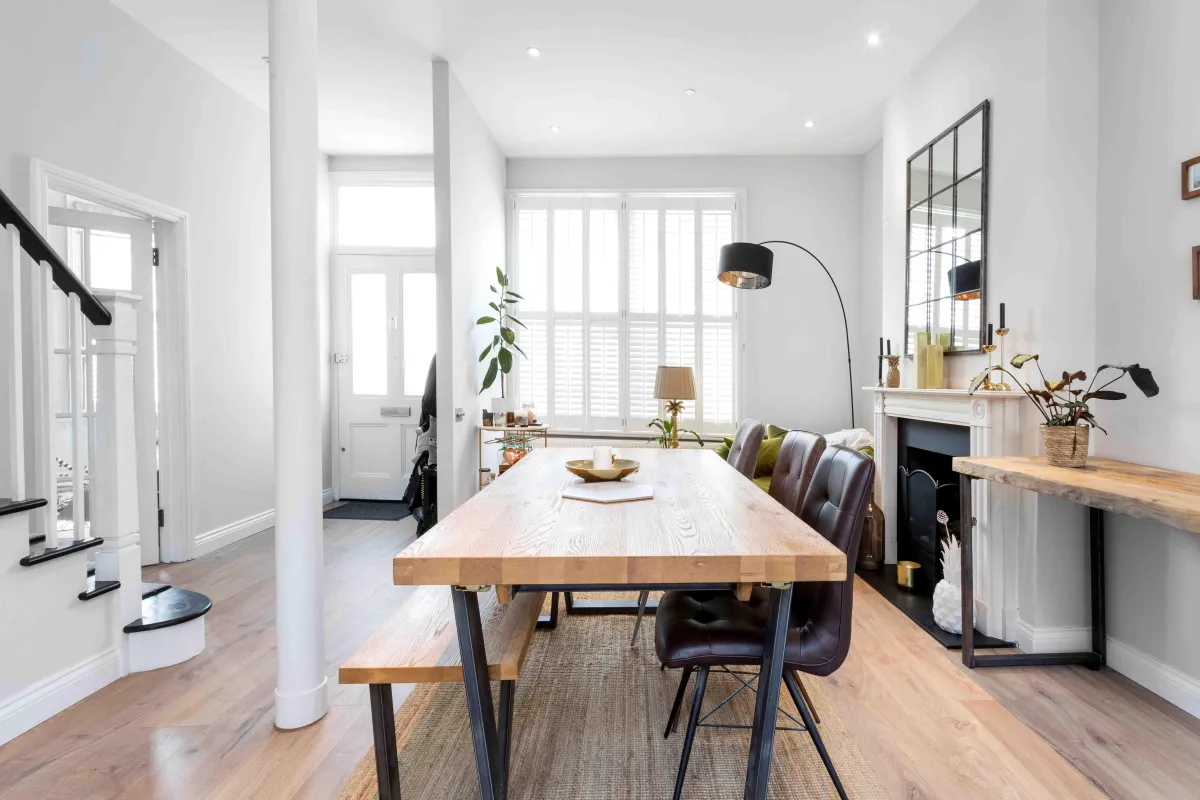
Self-Build Cost Saving Potential:
Full self-management
Average Savings: 20–25%
Risk Level: High
Package supplier route
Average Savings: 10–15%
Risk Level: Medium
Architect + contractor
Average Savings: 5–10%
Risk Level: Low
Also consider VAT advantages. A new build qualifies for zero-rated VAT, meaning you can reclaim VAT on materials. This can save tens of thousands if managed properly.
What Other Costs Should You Budget For When Building a House?
When calculating how much it costs to build a house, most people focus only on materials and labour. However, there are additional costs that can significantly affect your budget. One of the most overlooked expenses is planning and professional fees. You will need architectural drawings, structural calculations, planning consultants, and potentially ecological or flood risk assessments. These costs can add up to £10,000 or more, depending on the complexity of your project and the location.
Another cost is site preparation, which includes clearing vegetation, levelling ground, and installing site access. If the site is difficult to reach or has poor soil, groundwork costs will rise. In some cases, drainage and utility connections can cost several thousand pounds, especially if the property is in a rural area.
Don't forget building regulations approval, warranty coverage, and insurance. Most lenders require a structural warranty before releasing stage payments, and self-build insurance is necessary to protect against theft or injury during construction. All of these should be accounted for in your initial financial plan.
Do You Pay Stamp Duty and VAT on a New Build?
One of the major financial benefits of building a house from scratch is that new build homes are zero-rated for VAT. This means you won’t pay the standard 20% VAT on most building materials and labour costs. To benefit from this, the property must be built from the ground up and used as a dwelling. Extensions, conversions, and renovations do not qualify.
You can also reclaim VAT on eligible purchases using HMRC’s VAT refund scheme for DIY builders. This is a valuable opportunity to reduce your total spend, especially on big-ticket items like heating systems, windows, and insulation. It’s important to keep all invoices and submit them correctly within three months of project completion.
As for Stamp Duty, this only applies when buying land. If the land costs less than £250,000 (as of 2025 rates), there may be no Stamp Duty payable. However, if the land comes with planning permission or is part of a larger development, higher rates might apply. Always check with your solicitor or tax advisor before proceeding with a land purchase to avoid surprises.
Can You Make a Profit from Building a House?
Yes, building a house can be a profitable venture, but this depends on market conditions, build quality, and location. In areas like London, where land is scarce and property prices are high, a well-managed self-build can generate a significant return. However, you must budget carefully and keep construction delays to a minimum. Time overruns often eat into profit margins.
Profit potential also depends on whether the property is sold or kept as an investment. Selling after completion may result in a one-time gain, but letting the property long-term provides ongoing rental income and capital appreciation. If you sell immediately, you may also be liable for capital gains tax, depending on your residency and use of the home.
Profit margins vary. A typical self-build project that stays on budget may generate a profit of 10% to 20% of the total cost. This means if your total spend is £400,000, the completed property could be worth £440,000 to £480,000, or more in strong markets. Always factor in estate agent fees, legal costs, and tax implications when calculating final returns.
Is It Cheaper to Build or Buy a House in 2025?
Whether it’s cheaper to build or buy depends on your goals and location. In cities like London, buying is often faster and easier, but can be more expensive. Building your own house allows for design control and potential savings, especially if you can self-manage or take on some labour yourself.
However, the initial costs and effort are higher for a self-build. You’ll need to find and purchase land, obtain planning permission, and manage the build process over many months. This includes dealing with local authorities such as the Croydon planning department if you’re building in that area. Each step introduces time, cost, and risk.
If you want a fully customised home and are prepared to commit time, building is often the better long-term value. If you need to move quickly or prefer a hassle-free option, buying an existing house may be better suited.
Common Questions About House Building Costs
How long does it take to get planning permission?
Planning permission usually takes 8 to 12 weeks, but it can take longer if your application is complex or if objections are raised. If your site is in Croydon, checking directly with the Croydon planning department is advised for up-to-date timelines.
How long is planning permission valid in the UK?
Most planning permissions are valid for three years. This includes both full and outline planning permissions. If you do not start work within this time, the permission will expire unless you have extant planning consent or have started development legally.
Does planning permission expire once work has started?
If you have genuinely started work according to the approved plans and it’s documented properly, then the permission is considered extant and does not expire. However, if work was minimal or undocumented, your permission may still lapse.
Can I build on land where someone built an extension without planning permission 20 years ago?
If an extension was built without planning permission 20 years ago, it is likely immune from enforcement due to the 4-year and 10-year planning rules. However, always obtain a lawful development certificate for clarity before proceeding with any new construction.
How long does a planning application last once granted?
A planning application lasts three years unless conditions state otherwise. Starting significant work within this time helps ensure that your permission remains valid.
Suggestions: What You Need to Know Before Building
Building a house in the UK in 2025 offers a real opportunity to create a customised, energy-efficient home that suits your lifestyle. While the cost to build a house can vary significantly, factors like location, design complexity, materials, and planning approval timelines all play a critical role. From initial land purchase to the final decoration, each step carries its own cost and considerations.
If you’re asking how much does it cost to build a house, the answer depends on the scale and detail of your project. Careful budgeting, accurate planning, and professional advice will help you avoid delays and hidden costs. And always keep track of critical milestones such as planning permission validity. Remember: how long is planning permission valid in the UK and how long does planning application last are key questions that can impact your build timeline and legal compliance.
By understanding these factors, including taxes, land conditions, and build method, you can approach your project with confidence and efficiency.
Need Expert Help to Start Building Your Home?
At Draw Architecture, we help clients across London and beyond bring their dream homes to life. Whether you're unsure how long planning permission lasts in the UK, need to reapply due to delays, or want a full cost breakdown before starting, our team is here to guide you.
If you're dealing with the Croydon planning department or any local authority, we’ll ensure your application is clear, compliant, and submitted correctly. From architectural design to planning strategy, we cover every step.
Contact us today to book a consultation and take the first step toward your new build with clarity and confidence. Let’s turn your vision into reality, efficiently, legally, and beautifully.
5-Star Reviews From Homeowners Across London
Get Our House Price Guide
